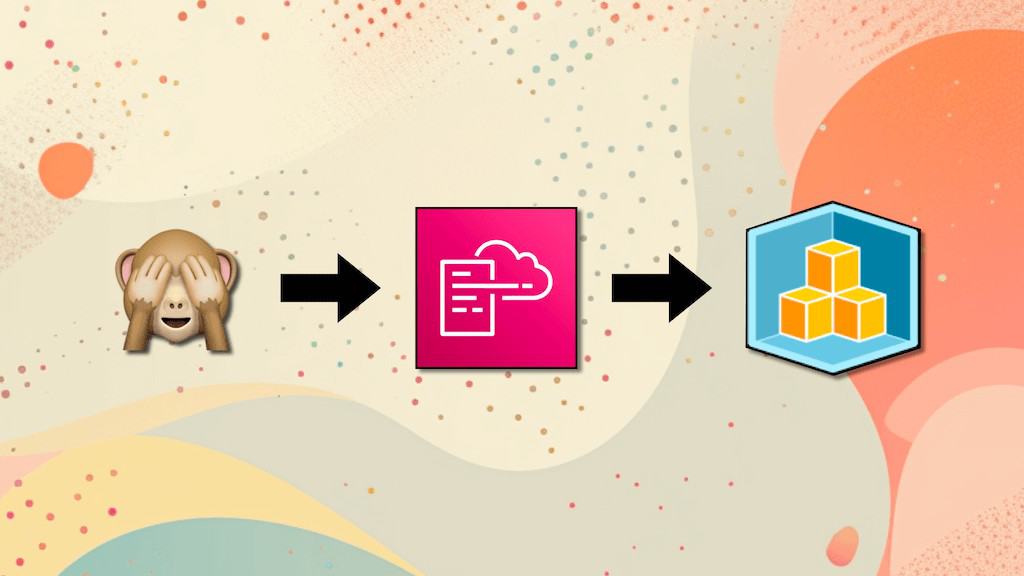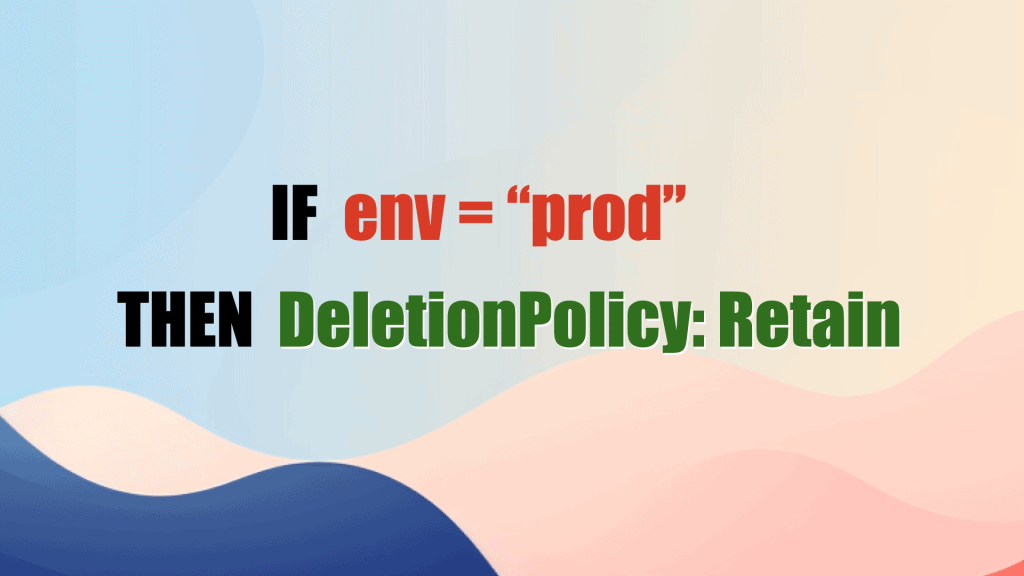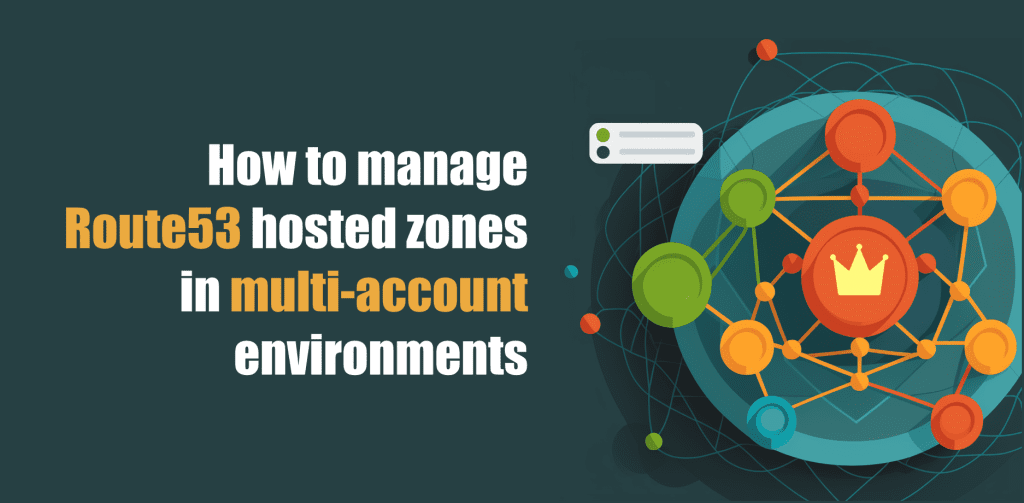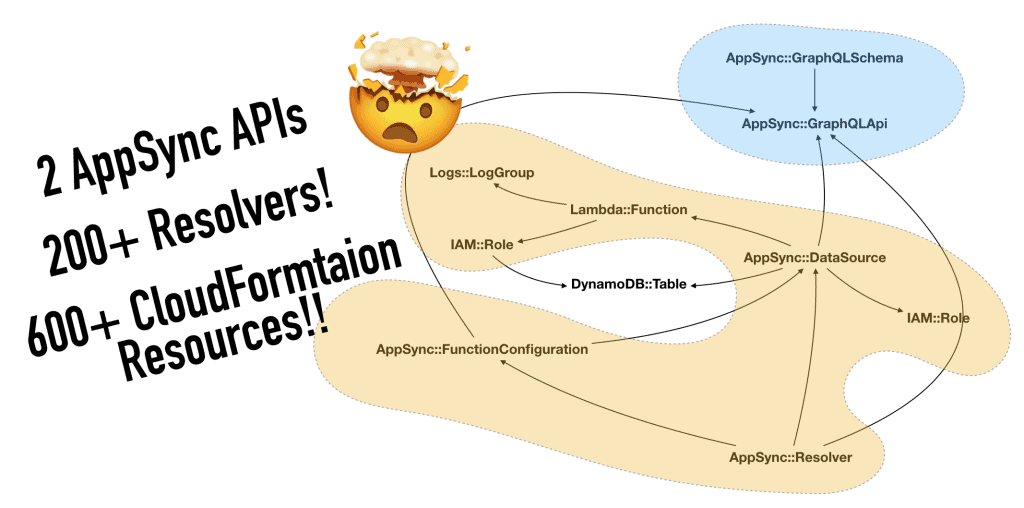First impressions of CloudFormation’s IaC generator and CDK migrate
AWS just announced the CloudFormation IaC Generator and added a CDK migrate command. These make it easier for you to manage manually created resources with Infrastructure as Code.
This is my first impressions of it – what worked, what didn’t and where the gaps are.






